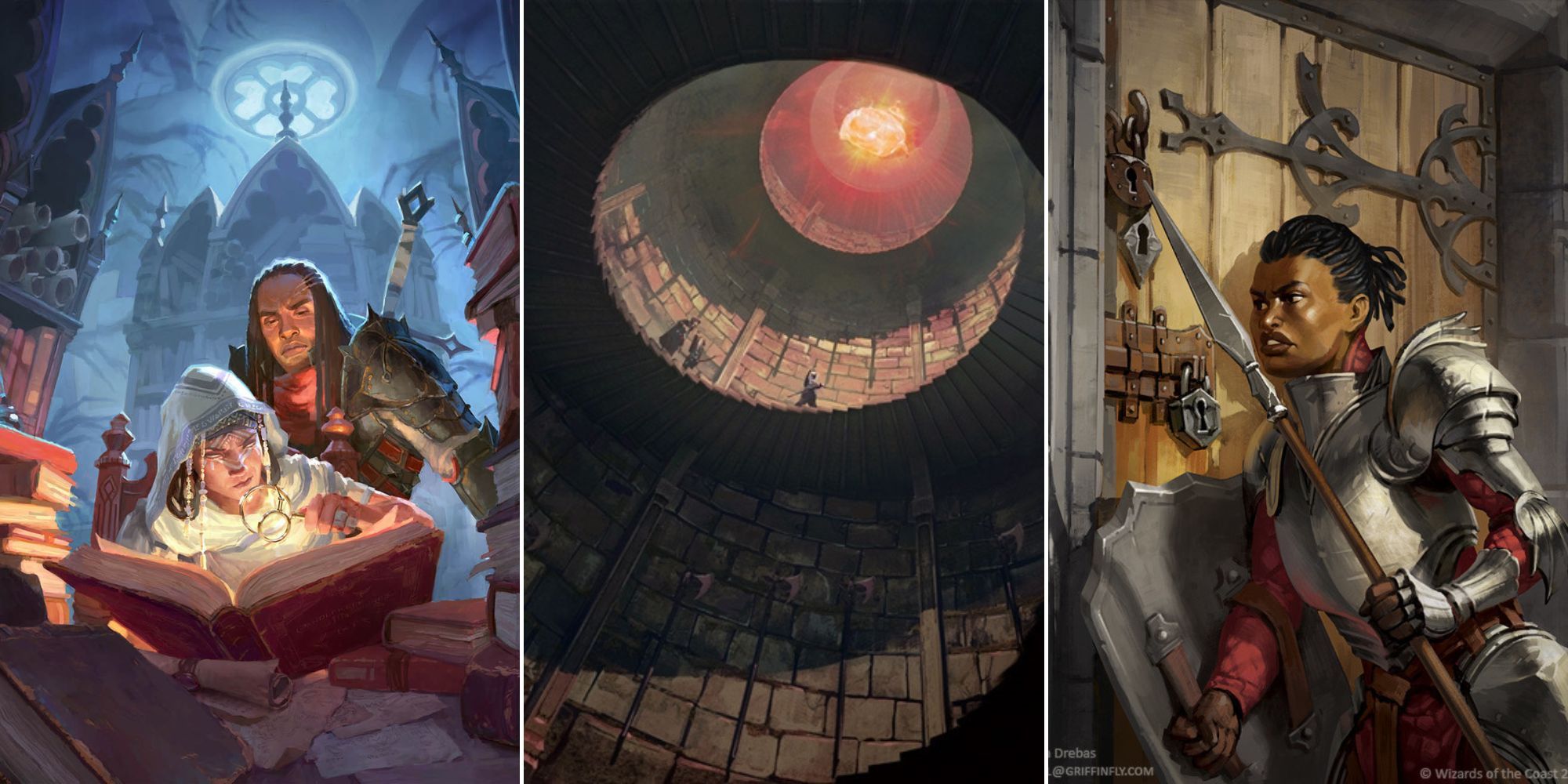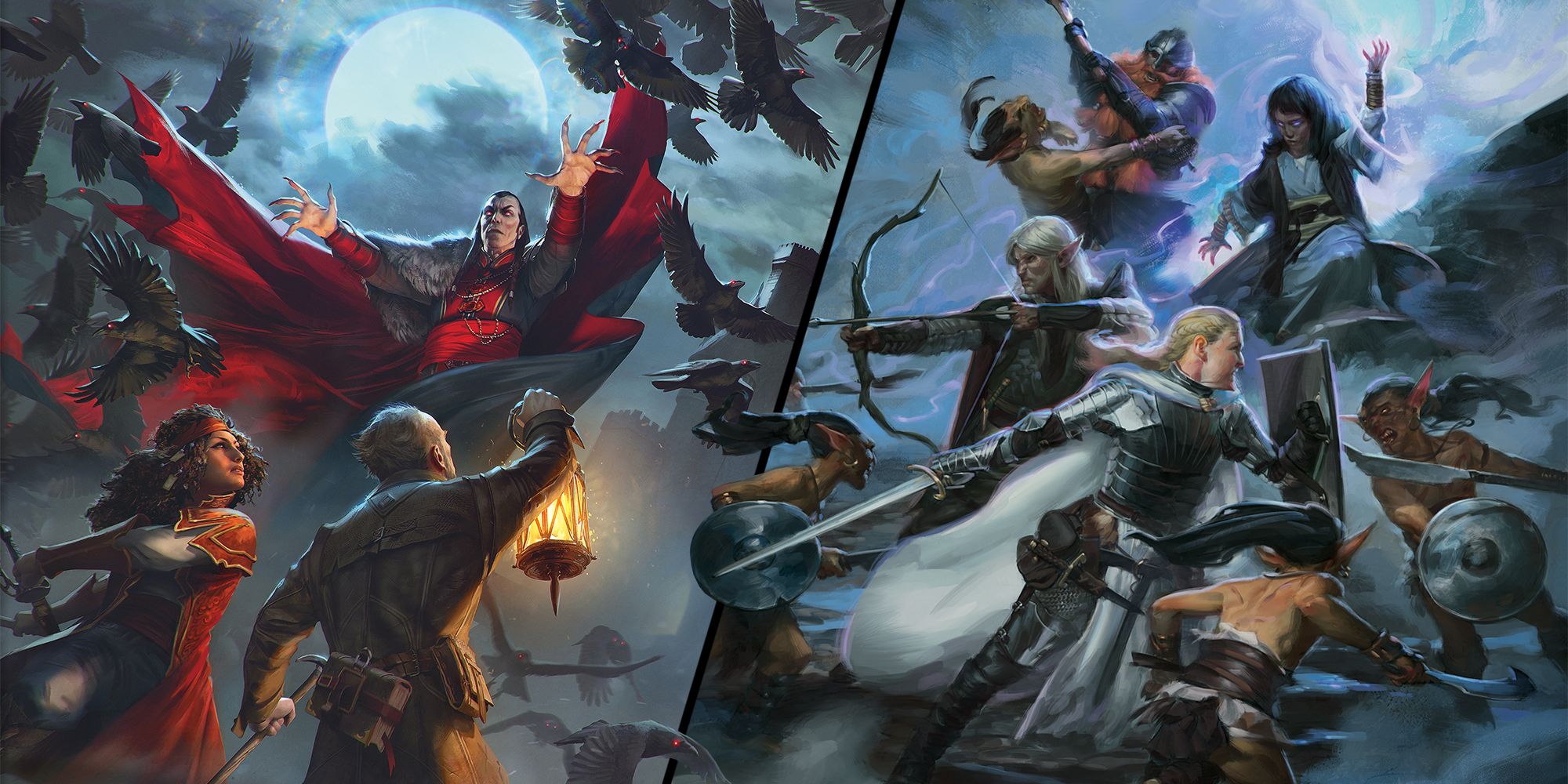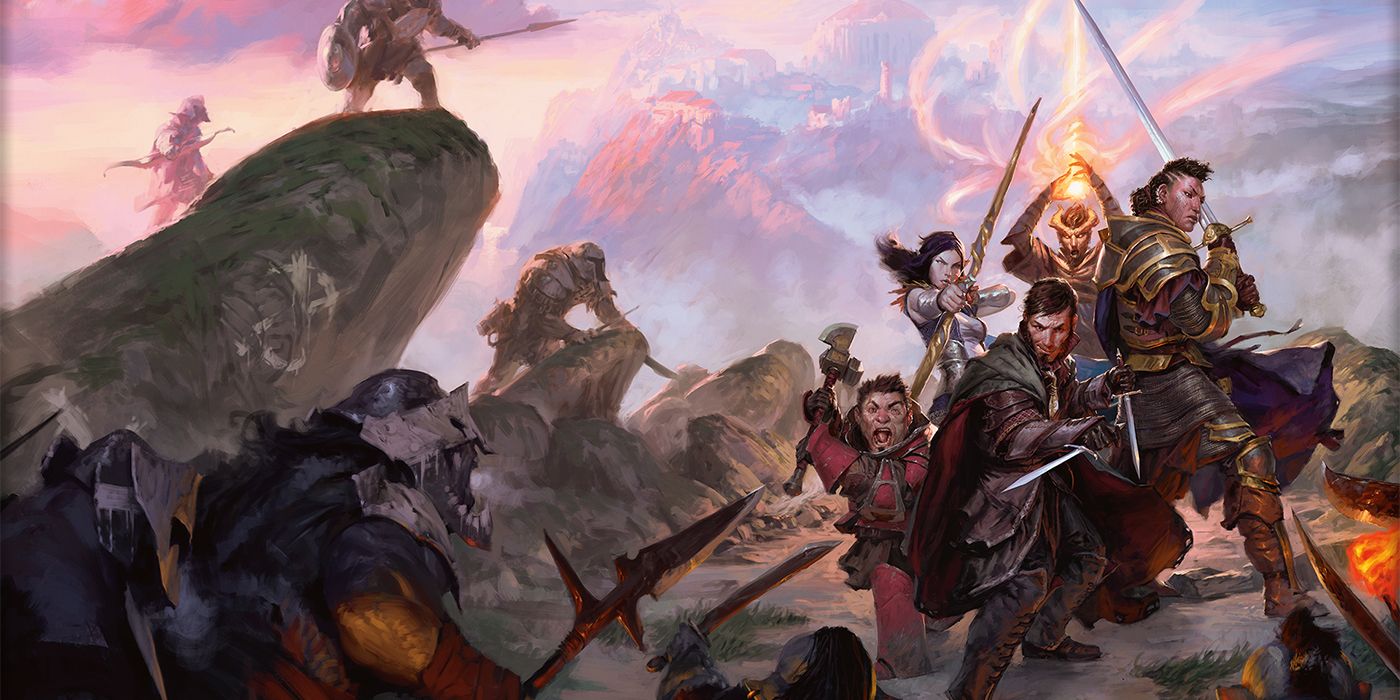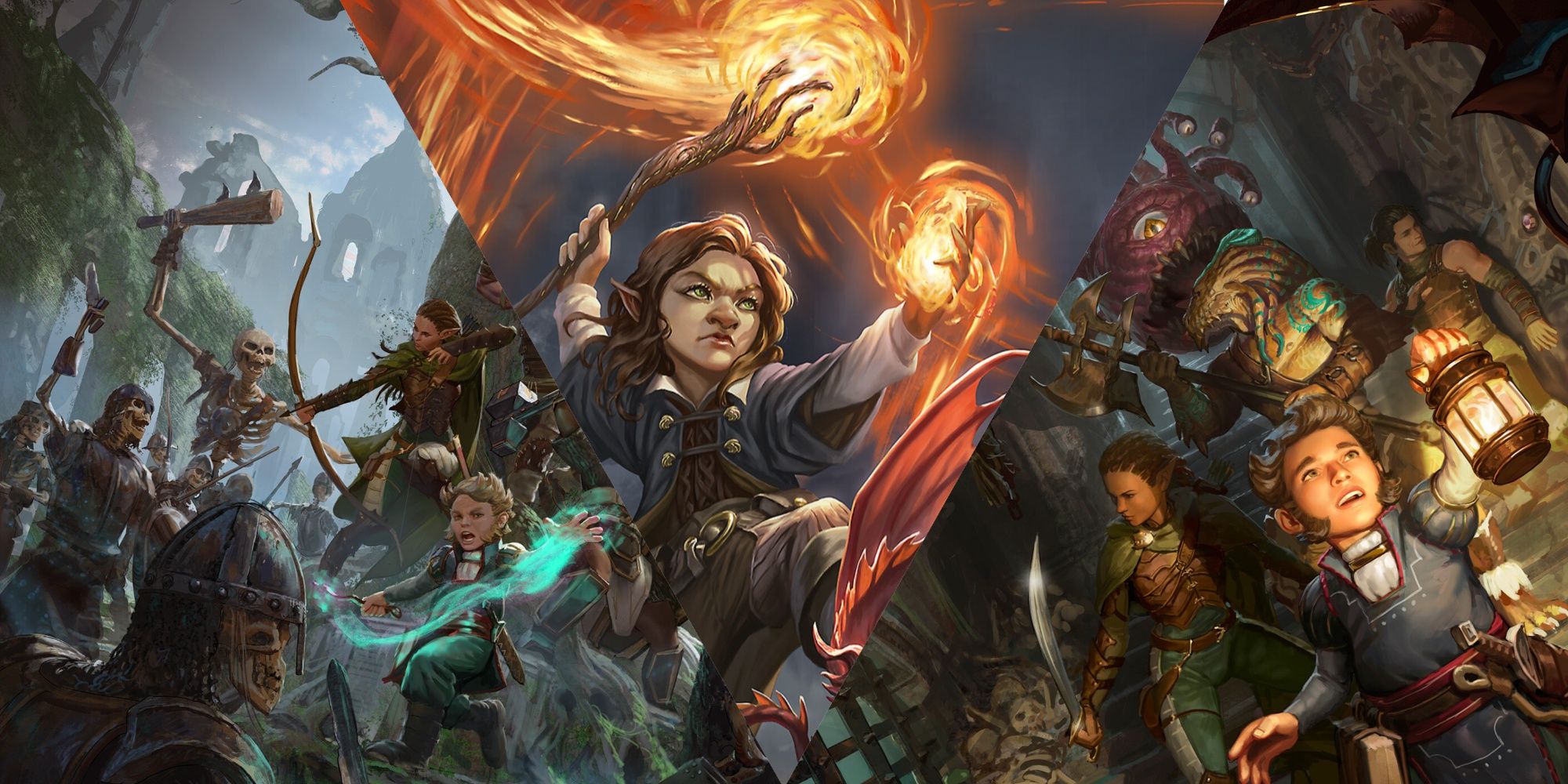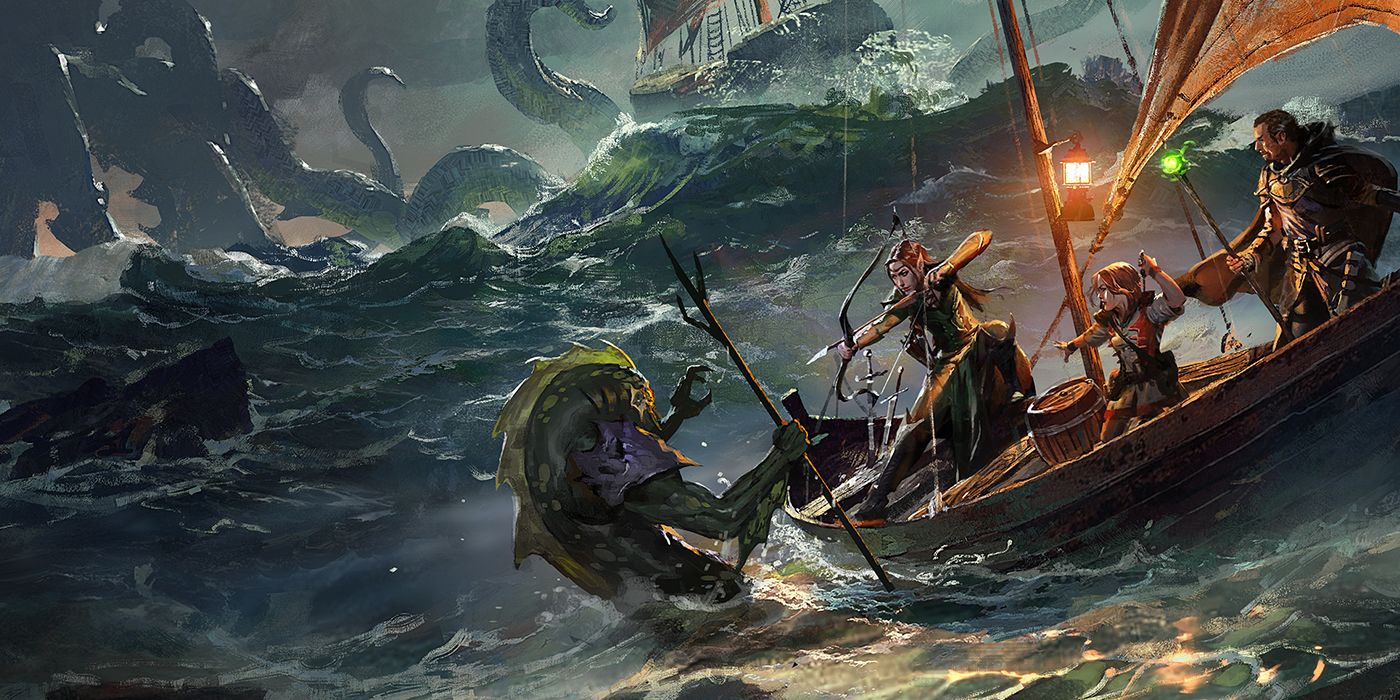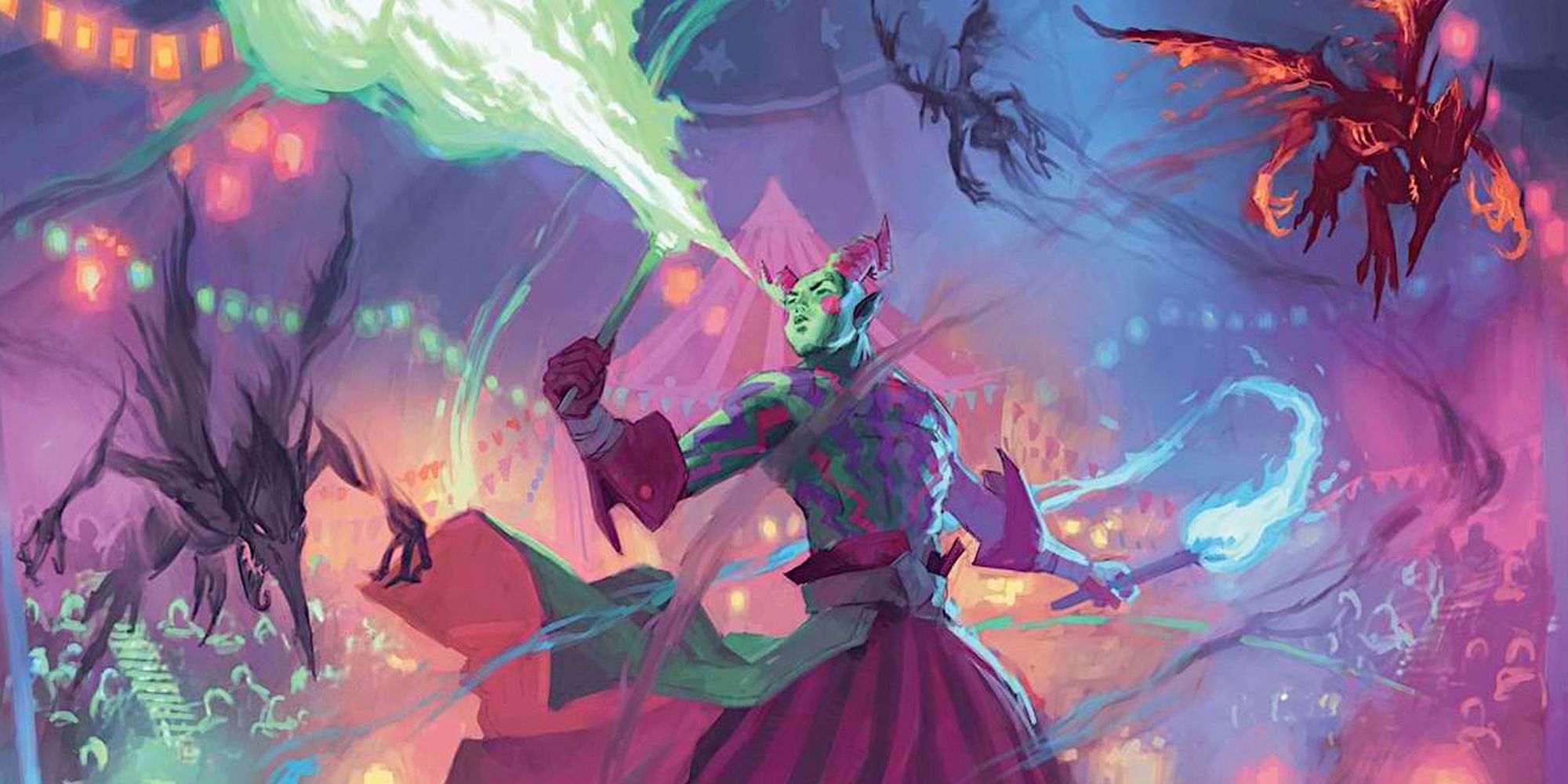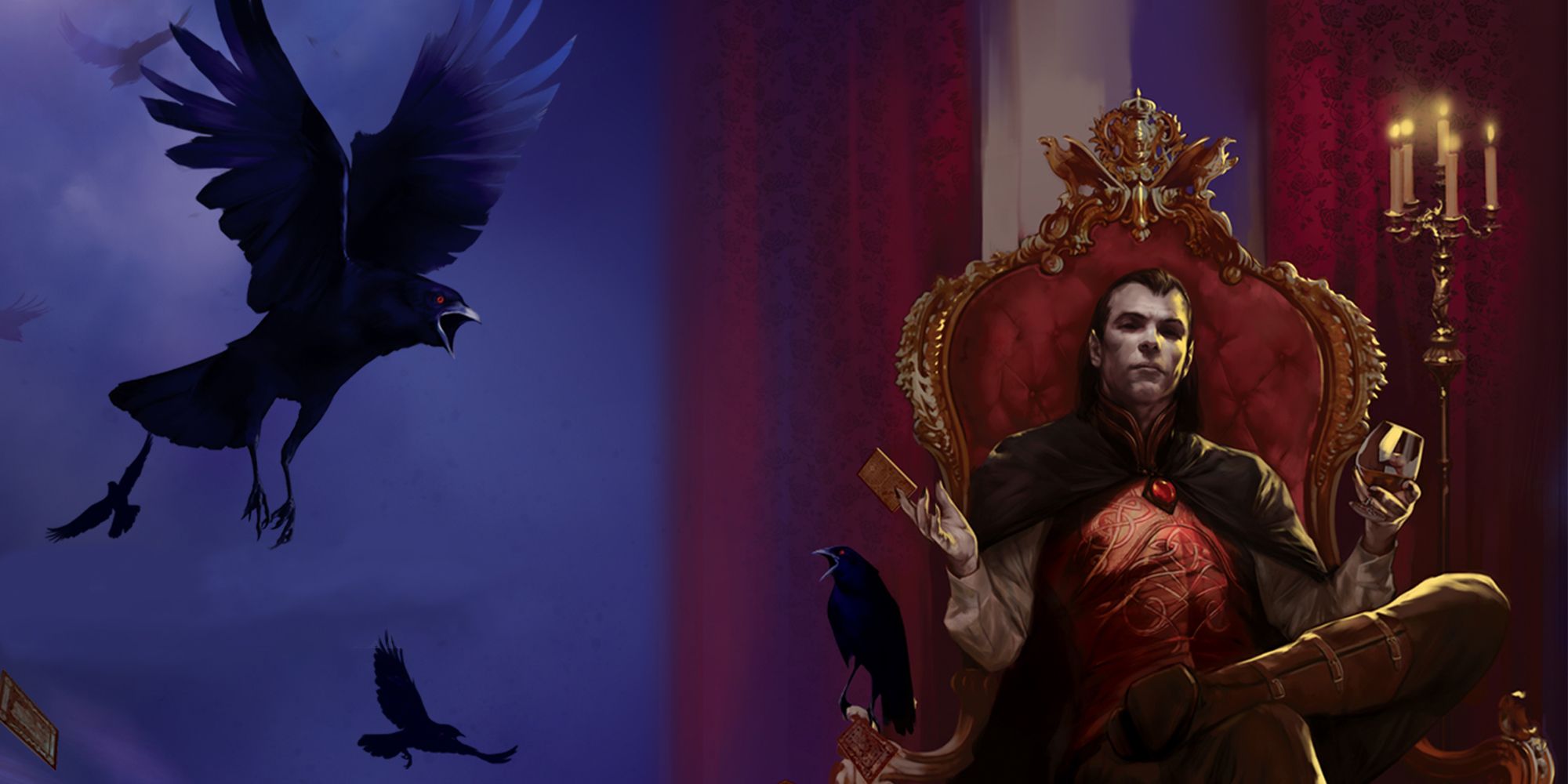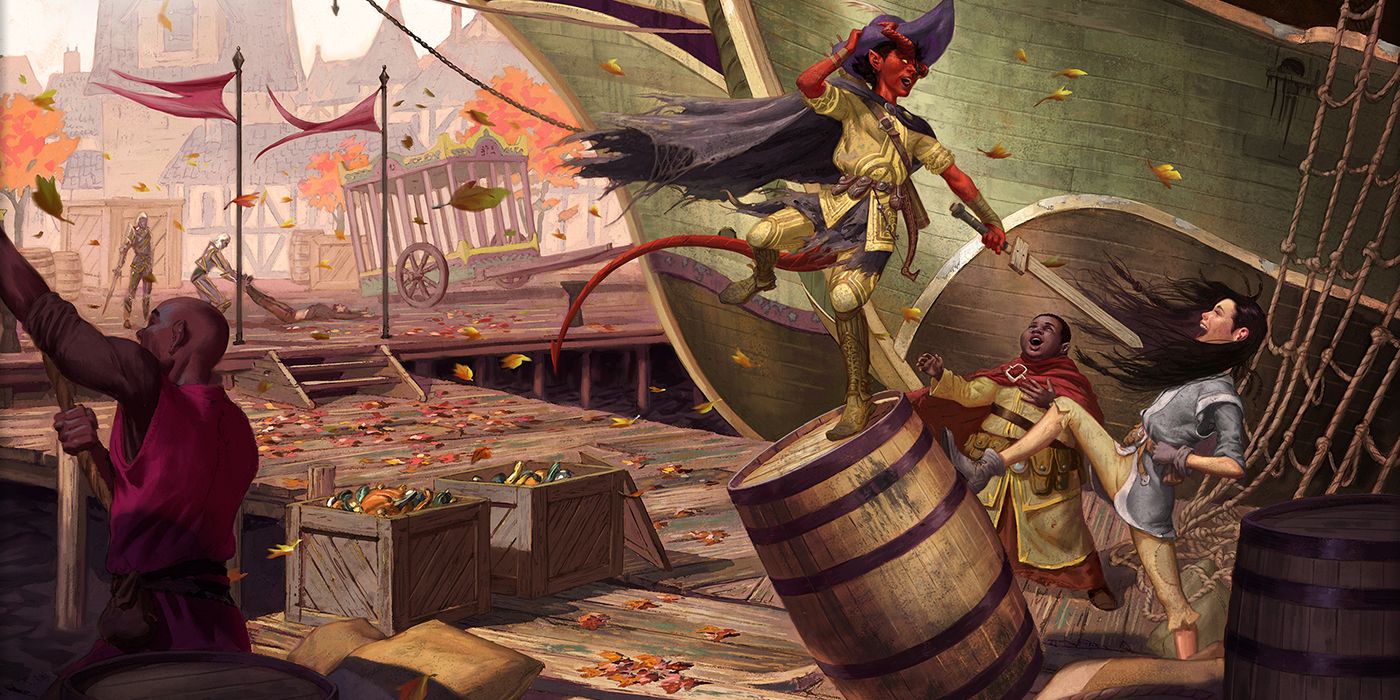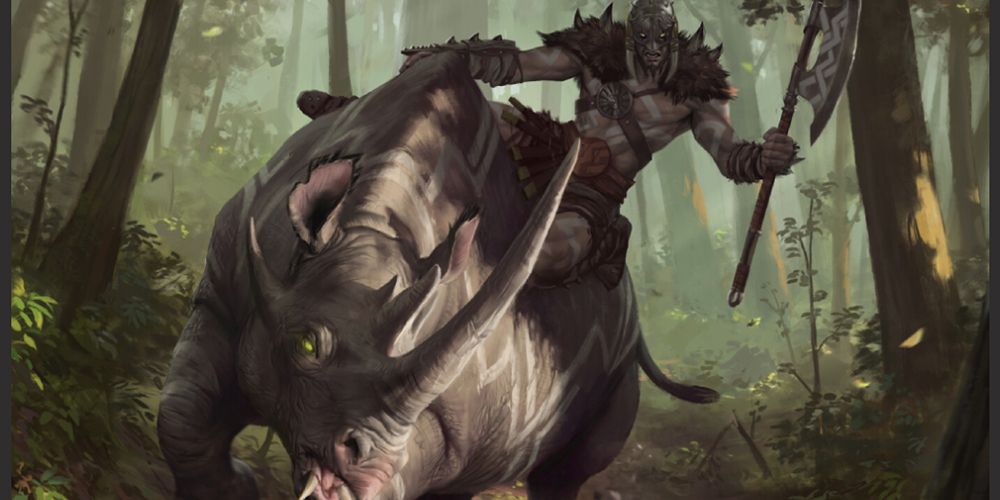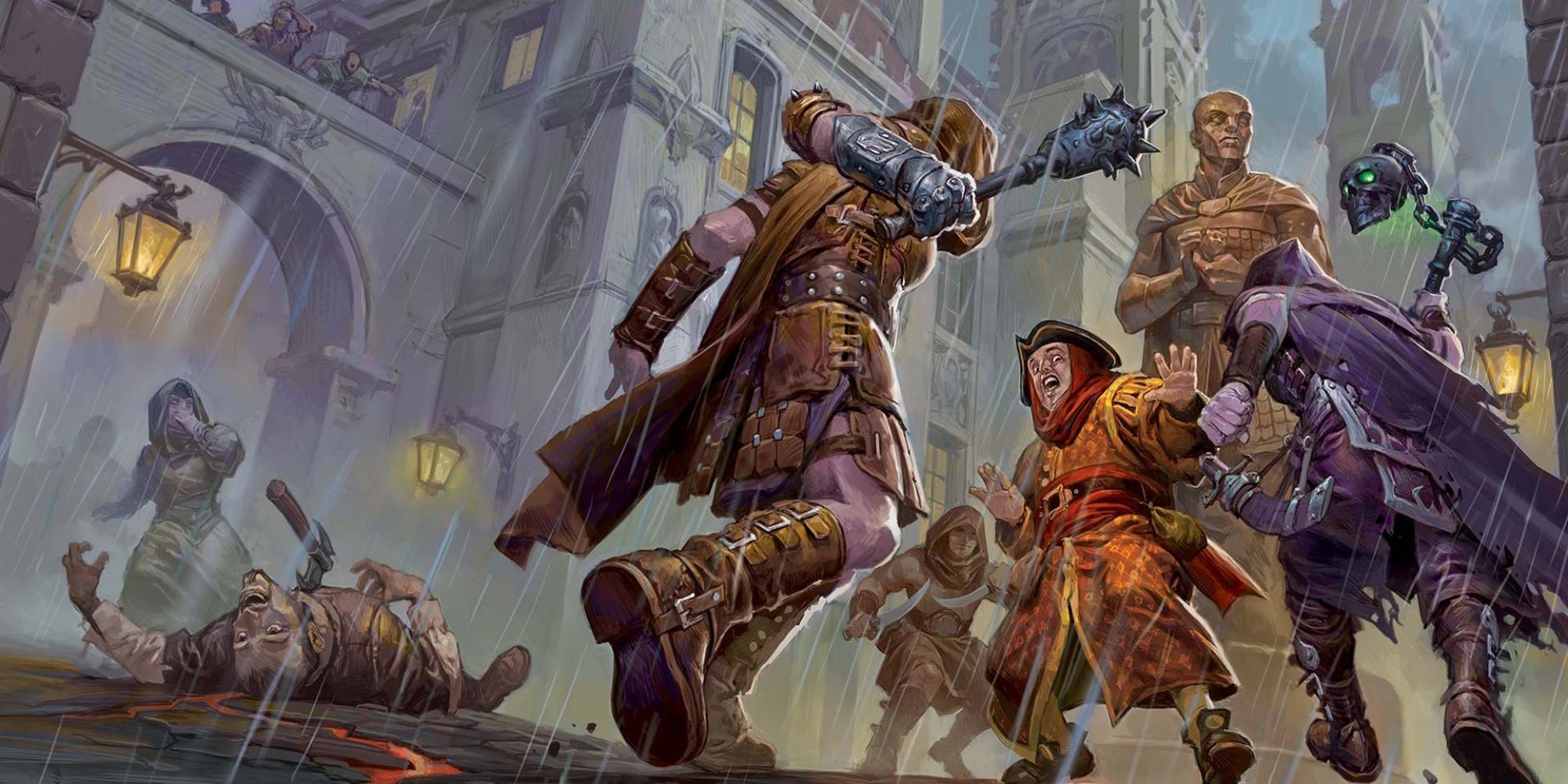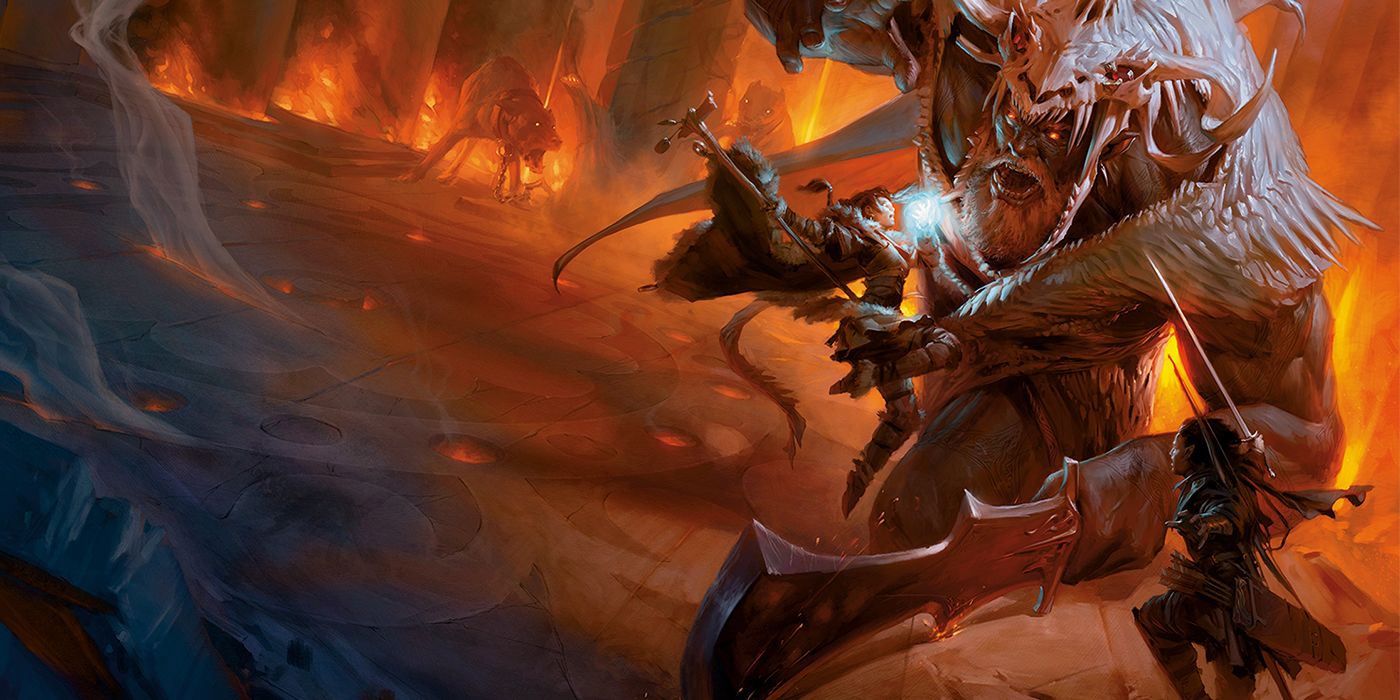One of the most intimidating aspects of running a game of Dungeons & Dragons, especially for new dungeon masters, is providing fun and balanced combat encounters for the players. New DMs often find their combats too easy for their players, and they are afraid that if they make the encounters much harder, they might kill one or every character.
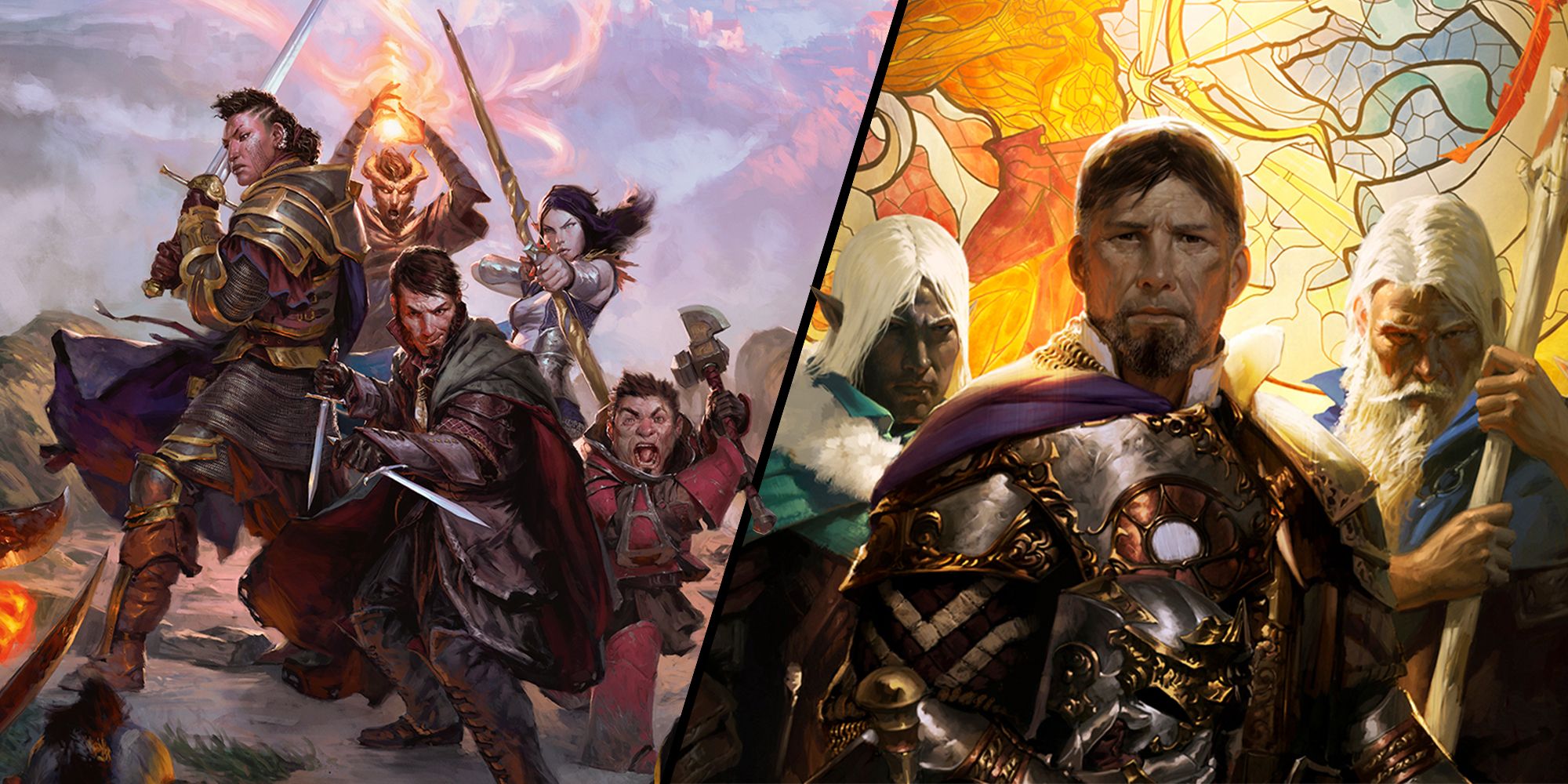
Dungeons & Dragons: Tips For Balancing A Party
We take a look at the different ways you can balance your party to better face whatever challenges your DM throws at you.While combat isn't everything in a game of D&D, a challenging, risky, and yet balanced combat can make the whole gaming session more immersive and engaging. Designing balanced encounters is something that comes naturally with experience and running games over time, but we have some tips and tricks to consider if you want to skip a few steps in mastering this aspect of running a D&D game.
Updated on March 5, 2024, by Nima Dabirian: With the prevalence of online content and actual play D&D shows, it's easier than ever for Dungeon Masters to find sources of inspiration and improve their craft. The hobby as a whole is evolving day by day, and for us DMs to provide fun and engaging experiences for our players, we need to keep up with how others run their games, and learn from different styles and approaches.
10 Action Economy Above All Else
One of the most common mistakes among new dungeon masters is solely relying on challenge rating for balancing a combat encounter. While a monster's CR provides a rough estimation of what to expect in terms of balance, it's not enough information for every context. In fact, Action Economy can play a bigger role than CR in balancing an encounter.
A single monster with a challenge rating of three usually provides a much easier fight than three monsters with a challenge rating of one, and a fight with six CR 1/2 monsters can become deadly for the same group. You should always try to balance the scales with the number of actions taken by the players and the monster.
If you find your combat easy for your players, using higher and higher CR monsters will result in coin flip situations where, if the monsters are higher on initiative order, the fight would become really hard, and otherwise, your party will have an easy time. So, instead, try adding lower CR minions and underlings to each fight. Having multiple, but lower-impact actions in each round will lead to a better-balanced fight.
9 Manage The Party's Resources
Next to action economy, the biggest advantage that your party can have in a fight is their available resources. Your party is at their best when they have finished their long rest and have all of their abilities and spell slots, and fights become more challenging as they spend their resources throughout the day. If you throw one big fight at your players between each long rest, you have to make it unfairly challenging, or they can just throw their strongest resources at the enemy and defeat them easily.
The best approach would be to make the most use of each adventuring day, or design long and elaborate dungeons without an opportunity to take a long rest. Several easy or medium fights in a day would feel a lot more challenging for your players as they have to carefully manage their resources, and if you make this a regular occurrence, they will be more conservative with their powerful abilities even at the beginning of the day, making all combat encounters more engaging.
An adventuring day is the time between each long rest, and consists of two short rests throughout the day.
You can find a table of the suggested number of encounters in an adventuring day on page 84 of Dungeon Master's Guide, but, similar to Challenge Rating, these are only suggestions and might not be the right fit for your group.
However, they are a good baseline to start experimenting and learning how many encounters in each day is balanced, and more importantly, fun for your players.
8 Use The Environment
One of the best ways to introduce challenge and creativity to any combat encounter is to use hazardous environments and obstacles in the field of battle. If the only thing the players face is tougher and tougher monsters, they will tend to only use certain abilities and tactics that have proven the most efficient over time.
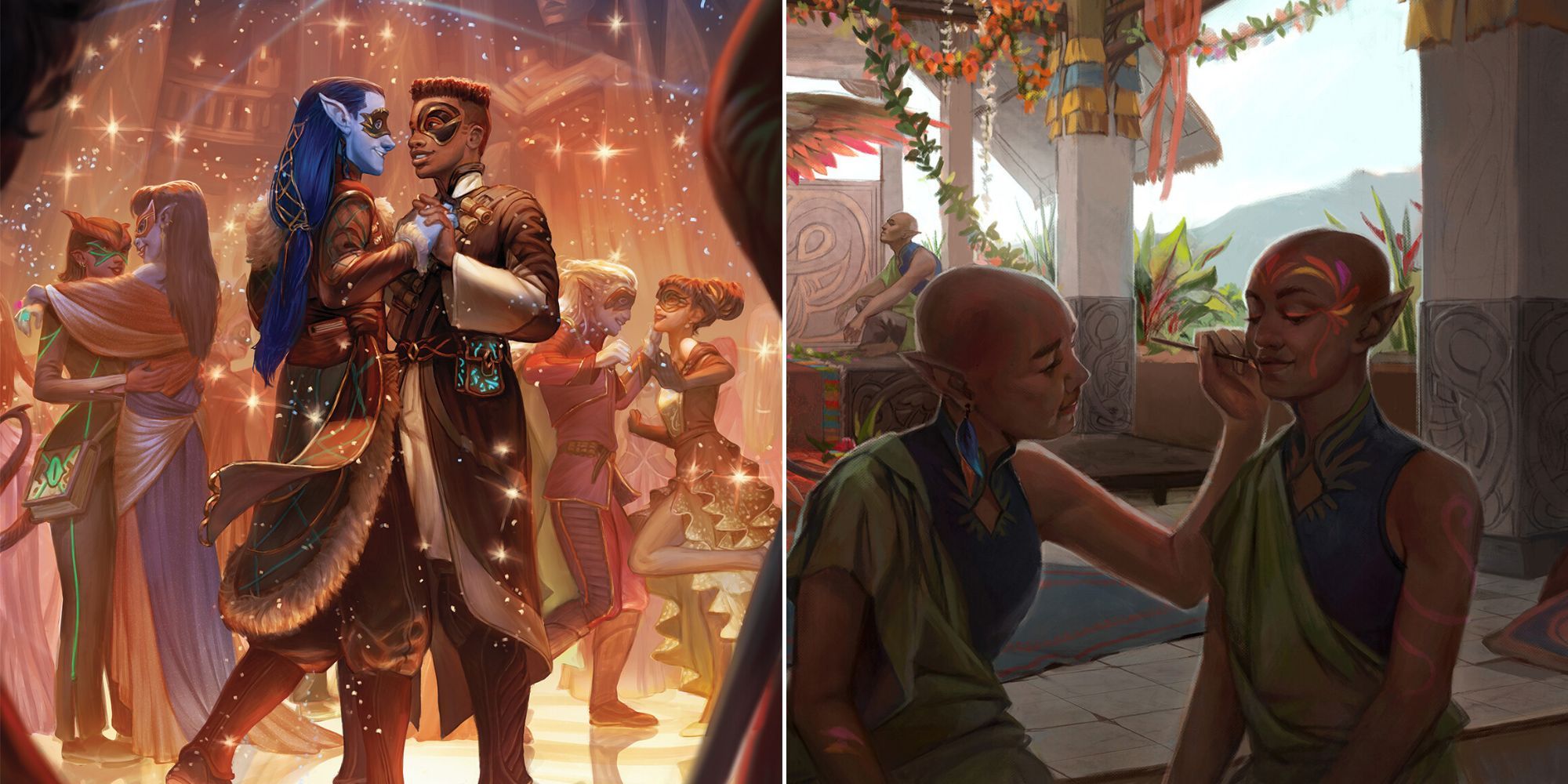
Dungeons & Dragons: Awesome Social Encounters To Use In Your Next Campaign
These social encounters can help add a new dimension to your next D&D campaign.To avoid this approach becoming a habit and encourage creativity, you can surprise your players with environmental challenges and obstacles during combat that can limit movement or visibility, can be dangerous or deadly if they get too close, or even interfere with magic or other effects. Lava pits or swamps are some of the easiest ways of doing this, but you are only limited by your imagination.
7 Learn Your Party's Strengths In Easy Fights
No matter how experienced you are or how carefully you prepare encounters, there comes a time when you miss the point, and a fight becomes too easy for your players. But that's not always a bad thing. In fact, easy fights can have multiple benefits in an adventure and there are times when you should intentionally prepare easy and unstressful fights. The first benefit of these fights is that they let your players blow off some steam, especially after a challenging encounter, or when they have recently leveled up, so they can try out their new abilities and come up with new strategies.
They are also great opportunities for you as the DM to learn about the characters' abilities and spells. Players are more likely to use and test their abilities in easy encounters, allowing them and you to learn the strength of their characters. You can in turn consider these strengths when you design encounters in the future, not to counter their abilities and strategies, but to be prepared for them and design your combats around them.
6 Use The Party's Weaknesses Without Them Knowing
Sometimes your players can become too powerful with certain combos or compositions, or overpowered magical items that get out of hand, and they can defeat any monster that they face without a challenge. If you face such a situation, you should discover the characters' weaknesses to certain damage types, spells, or abilities, and use those against them carefully and in moderation.
This will add a level of challenge to your combat encounters, but overusing this technique might make the players feel like you are intentionally playing against them. If your Totem Warrior Barbarian faces enemies with psychic damage in every combat, they will become frustrated. But having a few ways of surpassing the barbarian's resistances once every few fights can make them more careful, while not totally invalidating their powerful subclass features.
5 Balance The Encounter On The Move
This is a trick that many DMs use but don't admit, and it's a good thing to not let your players know. When players find out about the ways you flesh out the world and encounters, it will become harder for them to immerse themselves in your world.
When you design an encounter, enemies have predetermined attributes that you are free to change based on how hard you want the fight to be. But when the combat starts, and you feel like the fight is too one-sided for either side, and you didn't intend for it to go like this, you can always tweak some of the enemy's attributes such as total hit points, damage, or resistances on the fly.
You can even have reinforcements coming to the aid of the enemies if the combat is not challenging enough, and you can prepare for this scenario beforehand as well. If you're not sure how many enemies will provide a fun challenge for the encounter, start with a low number, and add a few more over one or two rounds to balance the fight as it progresses.
If you make changes on the fly, or perhaps even fudge the rolls, the most important thing is to not let your players find out.
D&D is like a magic trick. People are always curious about what goes on behind the scenes, but knowing how a trick is done can ruin the magic.
If your players find out that you fudge rolls and make changes to the encounter, it can hurt their immersion, and their trust in the fairness of the game.
4 Not Every Fight Has to End In The Enemy's Death
One of the aspects of combat encounters that can become repetitive is fighting every enemy to death. Enemies that run away when they sense they are defeated, or enemies that have to be captured alive can introduce an interesting challenge that can't be solved by raw damage output.
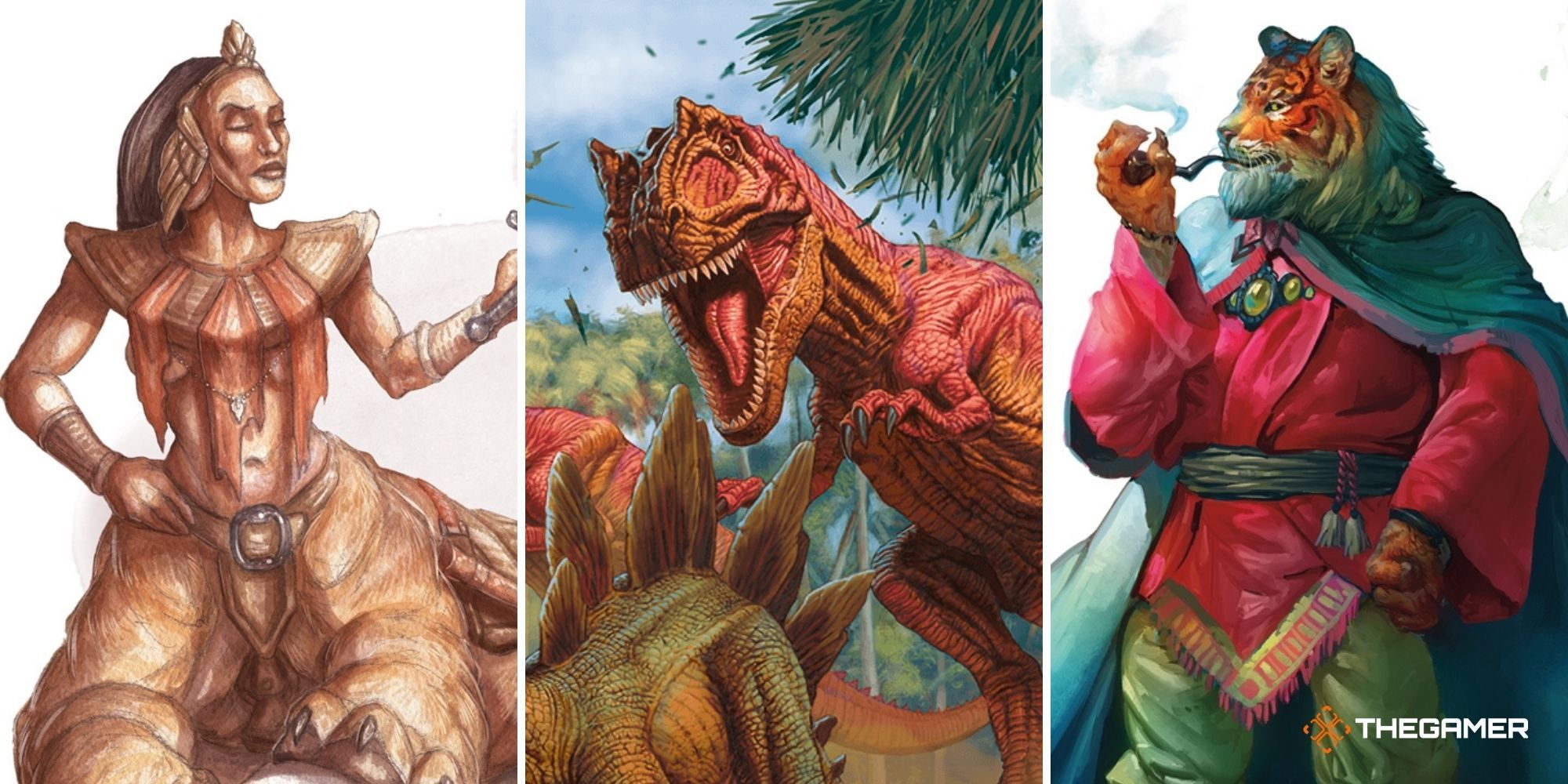
10 Underrated D&D Monsters To Include In Your Next Campaign
These monsters are all in D&D 5e yet rarely get used. Why not include one of these underrated enemies in your next campaign?If humanoids or intelligent monsters feel like they are outnumbered and about to be killed, it's natural for them to run away, creating exciting chase encounters at the end of long combats. A wizard who hires the party to capture a live aberration creates a scenario for the players where they can't just hit the monster with magic and weapons until it dies. Instead, they have to strategize and be creative about their approach. These encounters are not necessarily more challenging, but they will usually lead to memorable moments for your players.
3 Add Secondary Goals To Combat
Another layer that you can add to your combat encounters to make them carried and more engaging, is adding secondary goals to important battles. The dynamic of the fights can shift dramatically when the characters don't just have to defeat an enemy but have to achieve another goal while being attacked by enemies.
Rescuing hostages and protecting them from harm, stopping an evil ritual being performed by the villains, or protecting an ally while they finish their ritual, are some common and exciting secondary goals that you can easily add to your encounters. Even escorting NPCs, as frustrating as they are in video games, works really well in the D&D setting!
2 It's Okay To Fudge Rolls Sometimes
DMs are humans after all, and they make mistakes. When DMs make mistakes, it can lead to some or all of the characters dying, or the story not progressing in the way that they were hoping for. It's okay to make mistakes, and if these mistakes are gonna ruin the fun for your table, there is an easy fix. You can fudge rolls, sometimes.
Just like balancing the encounter as it's happening, fudging rolls is a way for correcting your mistakes in designing the combat. Sometimes, it's just because you are rolling too many good rolls and your players are having an unlucky day. Whatever the reason, deciding that a certain dice roll was a miss instead of a critical hit, can make for a better story. And just like before, it's crucial that your players don't find out about it.
Dice play a huge role in D&D, and some players uphold the element of chance to an unreasonably high and sacred place. However, having fun and telling a great story are the most important aspects of any D&D game. So if stubbornly respecting the dice is ruining yours and the players' fun, fudge it!
1 Play With Your Players, Not Against Them
One of the worst features that a DM can become known for is creating the relationship of 'DM vs player.' These DMs are constantly trying to "win" against their players by designing extremely tough challenges for them, and they completely ruin the experience for their players.
The point of balancing the encounters to be more challenging for your players is not to kill their characters or win against them. The combat needs to be challenging for the world to be immersive, for actions to have consequences, and for players to feel a realistic fear for the safety of their characters, and the world that they've become attached to. If you find your players are constantly complaining about how hard the combat is, and if you have way too many character deaths that are not caused by player mistakes, then you might need to tone down the challenge a bit and make your combats more enjoyable for everyone.
